PDF-Their History and Culture
Author : liane-varnes | Published Date : 2016-05-09
The Afghans Barbara Robson and Juliene Lipson with Farid Younos and Mariam Mehdi Culture Profile 2002 Published by the Center for Applied Linguistics The Cultural
Presentation Embed Code
Download Presentation
Download Presentation The PPT/PDF document "Their History and Culture" is the property of its rightful owner. Permission is granted to download and print the materials on this website for personal, non-commercial use only, and to display it on your personal computer provided you do not modify the materials and that you retain all copyright notices contained in the materials. By downloading content from our website, you accept the terms of this agreement.
Their History and Culture: Transcript
Download Rules Of Document
"Their History and Culture"The content belongs to its owner. You may download and print it for personal use, without modification, and keep all copyright notices. By downloading, you agree to these terms.
Related Documents

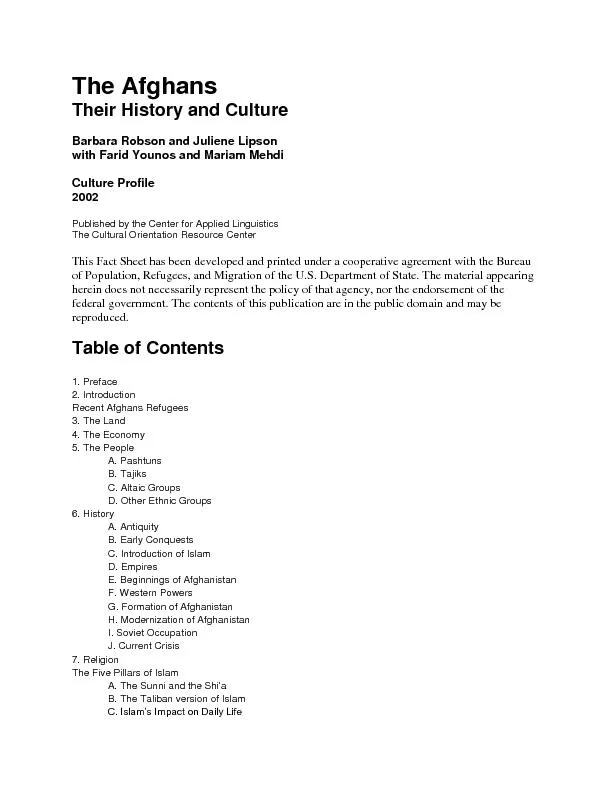
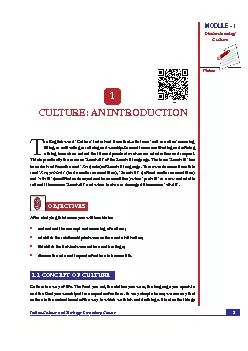
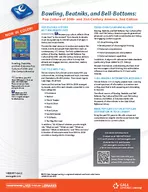

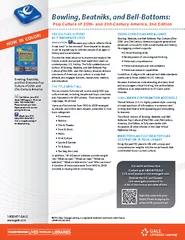
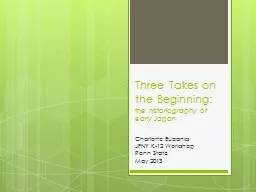


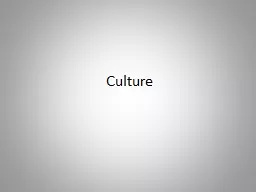
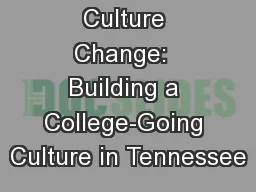



![Download Book [PDF] Texas vs. California: A History of Their Struggle for the Future of](https://thumbs.docslides.com/1019120/download-book-pdf-texas-vs-california-a-history-of-their-struggle-for-the-future-of-america-a.jpg)